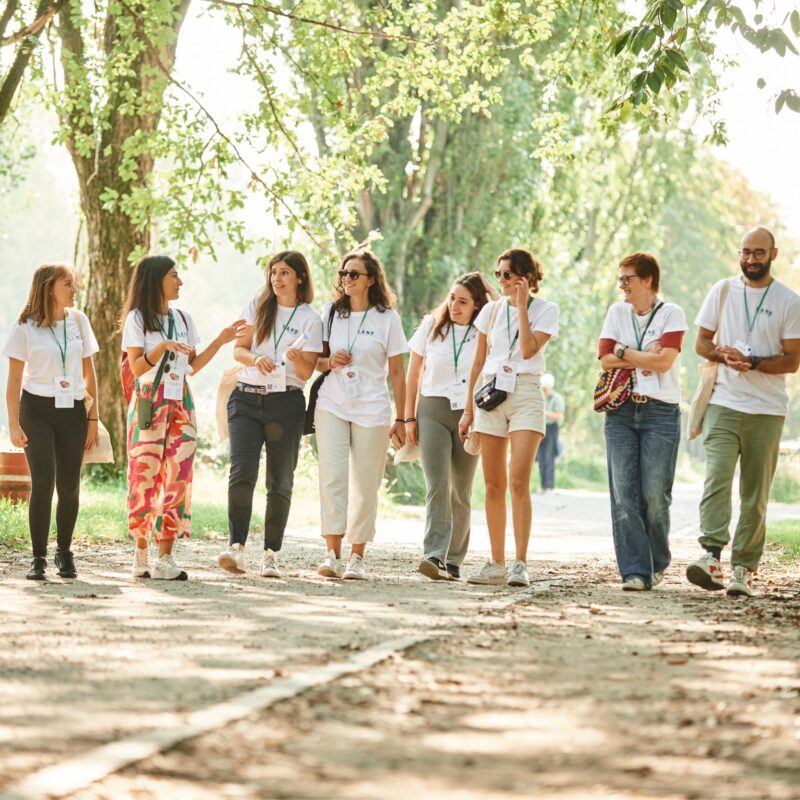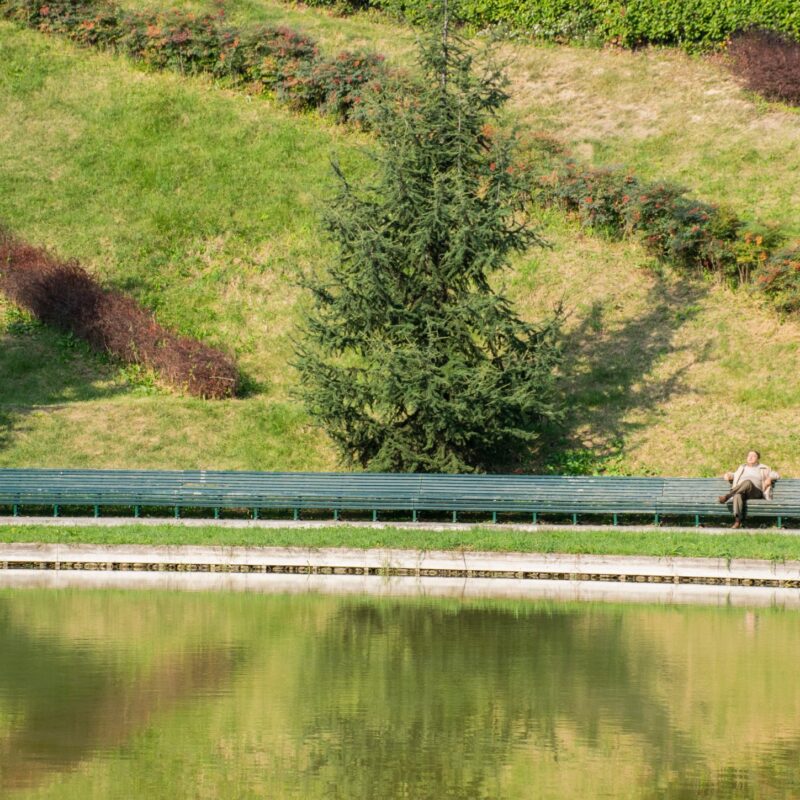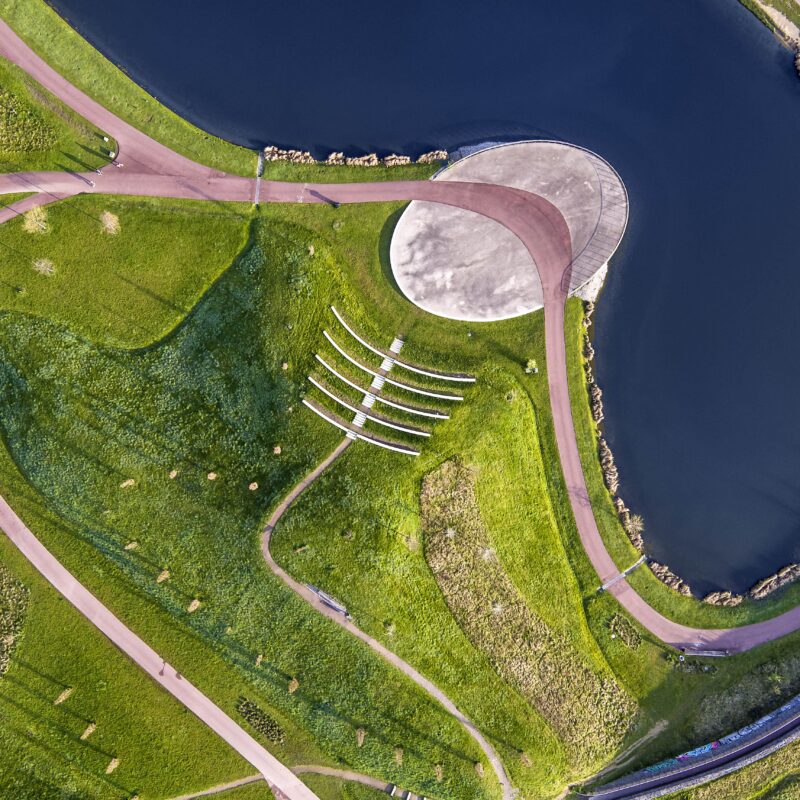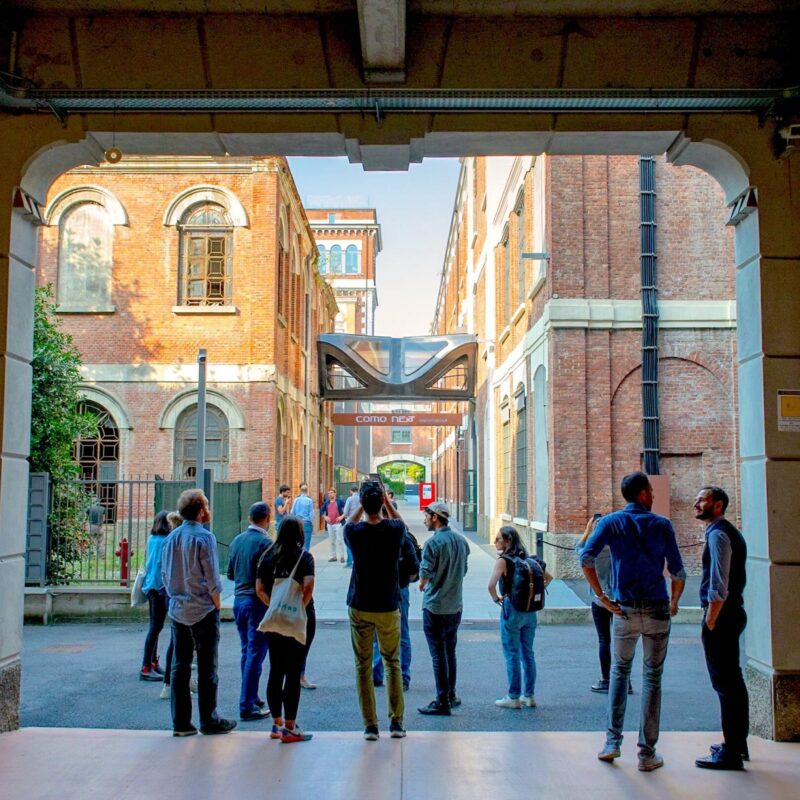The Green Rays as Model for the 15-Minute City
In the magazine Il Foglio, journalist Valeria Sforzini, using the example of Paris as a starting point, opens the debate on the cities of the future with Andreas Kipar.
The following is an extract from the article:
(…) the city is like a body, a sick person in need of treatment, in which greenery and streets on a human scale act as small bypasses capable of putting the main organs back into function. Andreas Kipar, founder and creative director of the architecture studio LAND, which has transformed the Milanese areas of Porta Nuova, Bicocca and Portello Park into green islands. He is also the same architect who, in the early 2000s, created the project for Milan’s Green Rays: eight city arteries branching out from the centre and then rejoining in a ring around the entire city. In Kipar’s project, nature should merge with the street in these streets connecting the centre and the suburbs, making it walkable slowly.
“You can change the clothes of a city, but only if you have first thought about the body,” explains Kipar, who has always defined himself as a gardener, landscape architect, and urban planner. “I think the French capital got where it is today thanks to a mayor who, as Parisians say, is serious. She gave a strong signal for change in her first term and is now moving forward to create the city of 15 minutes. The whole of Europe is looking to Paris.”
According to Kipar, the project of changing the face of the formerly most beautiful street in the world is a “statement” on what will take precedence in the city from now on. “In a metropolis like Milan, it is possible to live on your block, but many people only realise this when they start to get to know their neighbours by singing from their balconies,” he continues. “The Green Rays were born at the beginning of the new millennium. They started with the Expo, but they were not finished. (…) today, more than ever, we realise how important it is to live in our neighbourhoods and walk around our cities without needing to escape”.
Here is the full article in Italian. (Download file)
View other publications
Green, Shady and Safe. The City of the Future
In the magazine Il Foglio, journalist Valeria Sforzini, using the example of Paris as a starting point, opens the debate on the cities of the future with Andreas Kipar.






